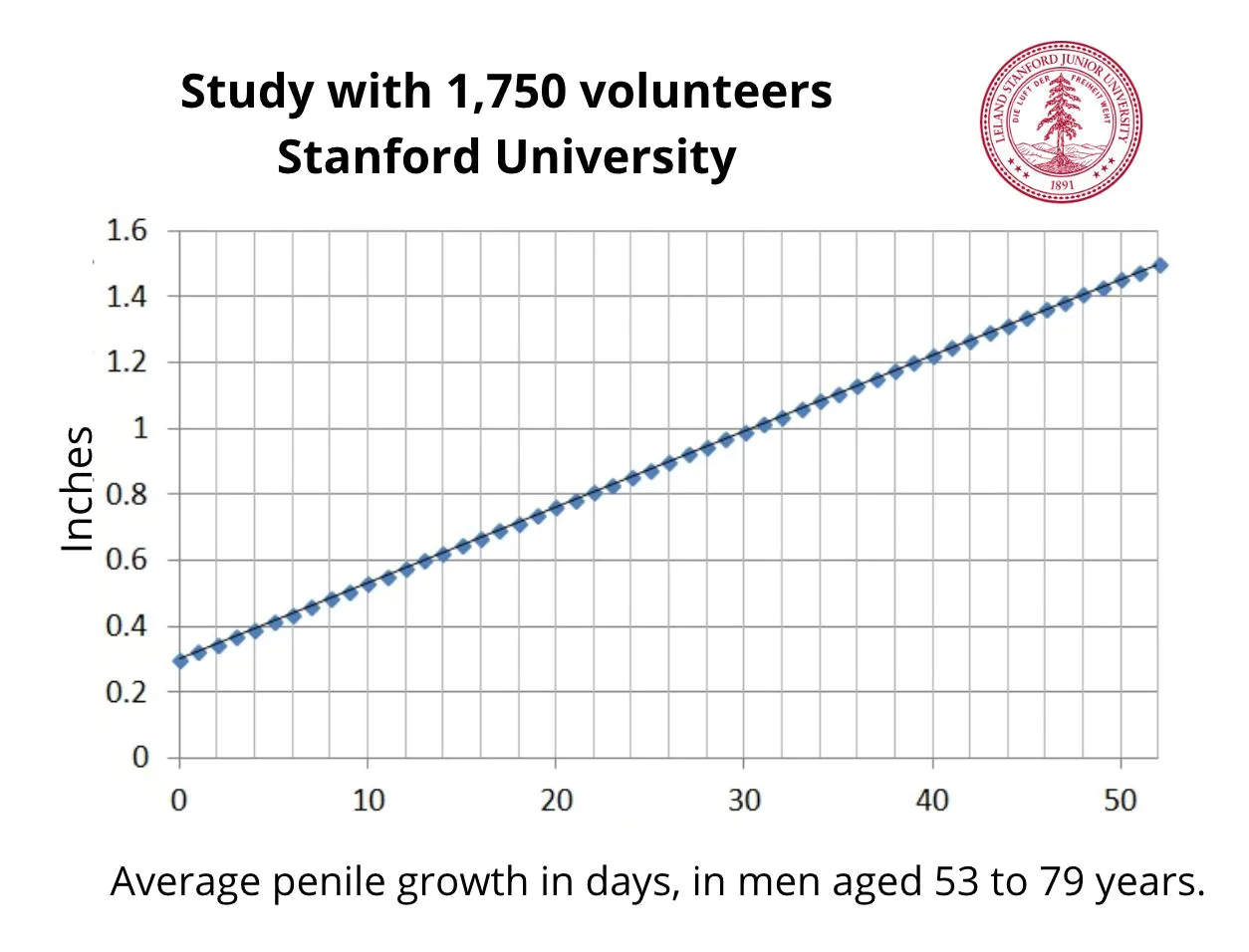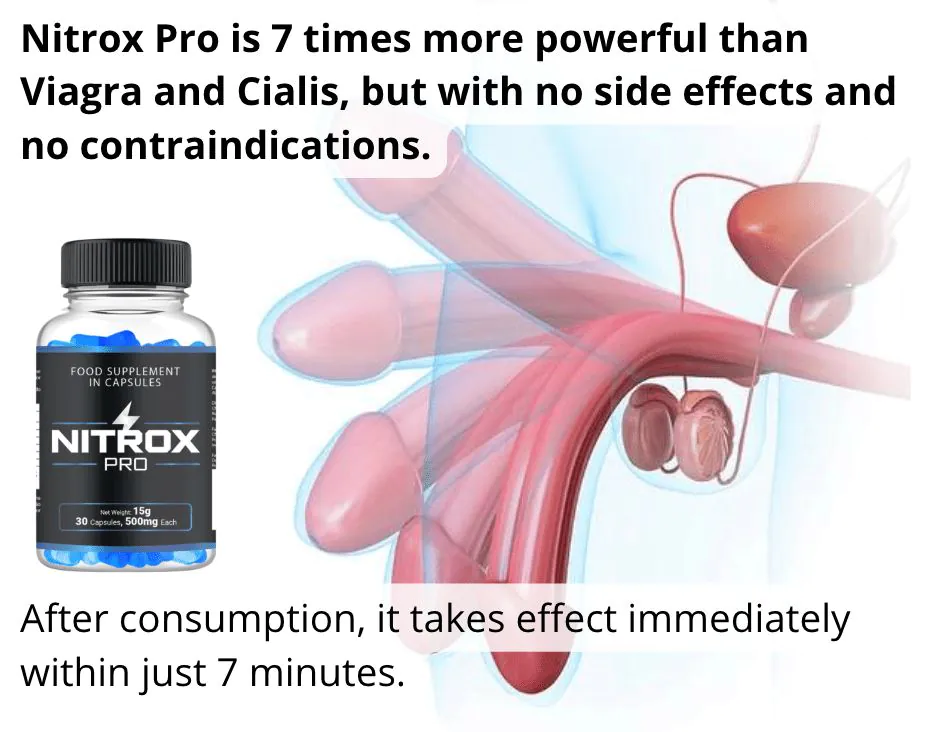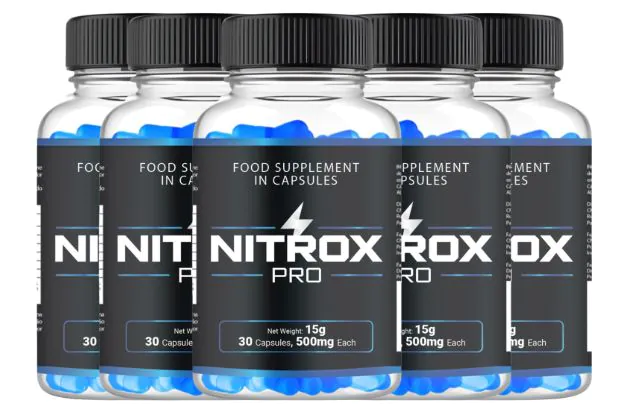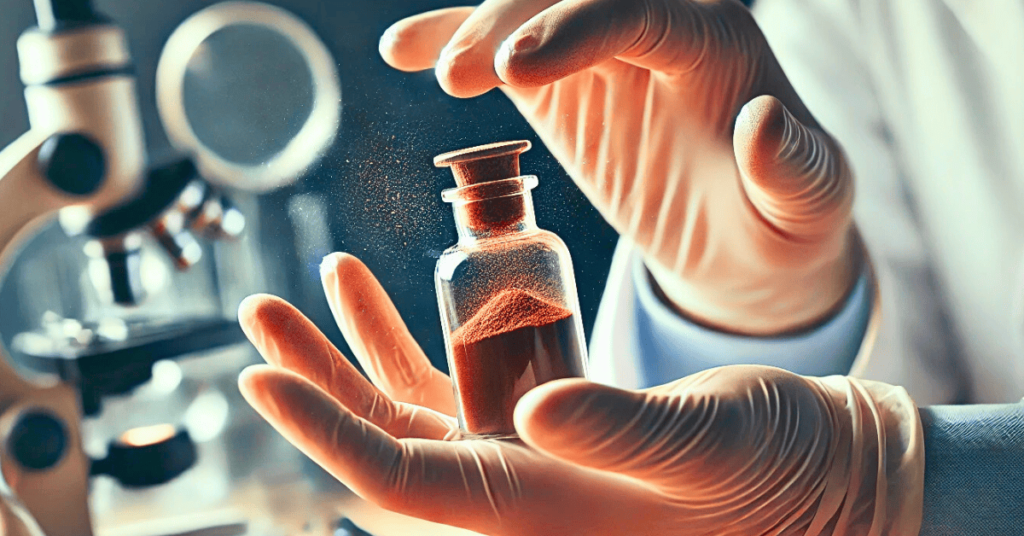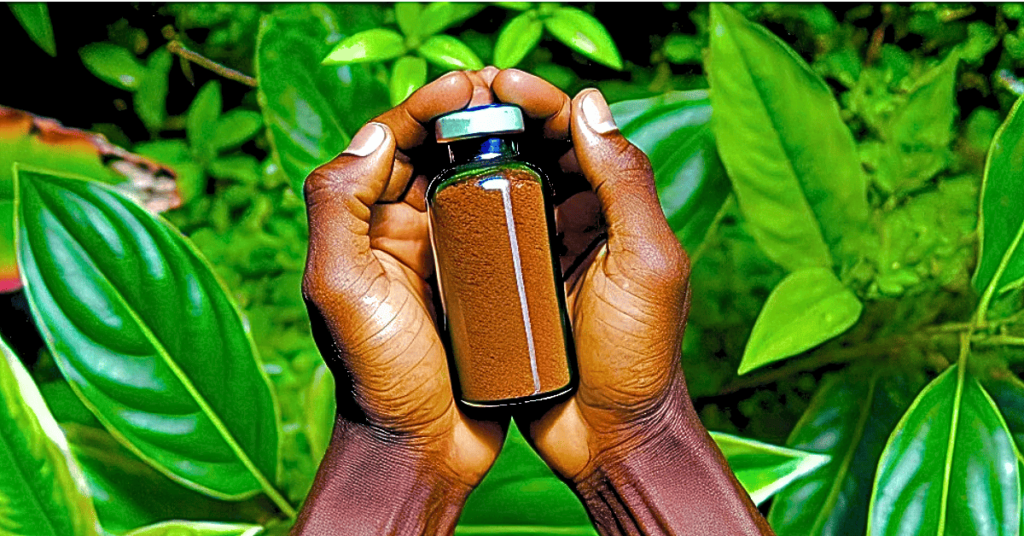Physical therapy can effectively address erectile dysfunction (ED) by strengthening pelvic floor muscles, improving blood flow, and reducing anxiety. Alongside physical therapy, alternative treatments like medications, vacuum erection devices, psychological counseling, and lifestyle changes also play a significant role in managing ED.
Erectile dysfunction (ED) is a common issue that many men face, leading to a significant impact on their quality of life. Many seek effective treatments for ED, and one surprising option is physical therapy. In this article, we will discuss how physical therapy can benefit those struggling with erectile dysfunction, explore its effectiveness, and examine real-world success stories that highlight its potential. By understanding the relationship between physical therapy and ED, men can make informed decisions about their health and well-being.
Understanding Erectile Dysfunction

Erectile dysfunction (ED) is defined as the inability to achieve or maintain an erection sufficient for satisfactory sexual performance. It is not just a natural part of aging; rather, it can be a sign of underlying health issues. Understanding ED is crucial for many men who face this sensitive condition.
Common Causes of Erectile Dysfunction
ED can result from various factors, including physical, psychological, and lifestyle choices. Common physical causes include:
- Cardiovascular Diseases: Conditions that affect blood flow, such as atherosclerosis, can lead to ED.
- Diabetes: High blood sugar levels can cause nerve and blood vessel damage, affecting erectile function.
- Hormonal Imbalances: Low testosterone levels may contribute to erectile issues.
Psychological factors can also play a significant role. Anxiety, depression, and stress can greatly affect a man’s ability to perform sexually.
Lifestyle Factors Impacting ED
Certain lifestyle choices can exacerbate or contribute to ED:
- Smoking: This can damage blood vessels and reduce blood flow to the penis.
- Alcohol Consumption: Excessive drinking can lead to ED.
- Lack of Physical Activity: A sedentary lifestyle can contribute to obesity and cardiovascular issues.
When to Seek Help
If you experience erectile dysfunction frequently, it is advisable to seek medical advice. Early diagnosis can help determine the underlying causes and appropriate treatment options that may include lifestyle changes, therapy, or medical interventions.
The Role of Physical Therapy

Physical therapy can play a crucial role in treating erectile dysfunction (ED). It focuses on improving blood flow, enhancing muscle strength, and reducing anxiety—all key factors in achieving and maintaining an erection. Physical therapists use various techniques to assist in these areas, helping men regain confidence and improve sexual health.
Techniques Used in Physical Therapy
Some of the techniques physical therapists may utilize include:
- Pelvic Floor Exercises: Strengthening exercises for the pelvic floor muscles can improve blood flow and erection quality. These are often referred to as Kegel exercises.
- Biofeedback Therapy: This technique helps patients learn how to control their pelvic muscles more effectively, improving their ability to maintain an erection.
- Manual Therapy: Gentle massage and manipulation of the pelvic region can enhance circulation and reduce muscle tension.
Mental Health Considerations
Aside from physical interventions, physical therapy also addresses the psychological aspects of ED. Therapists often work with clients on reducing performance anxiety and improving body image. This holistic approach helps tackle not just the physical symptoms but also the mental barriers.
Customized Treatment Plans
Every individual’s situation is unique, so physical therapists create personalized treatment plans. These plans may incorporate specific exercises, progression timelines, and regular assessment to monitor progress. This tailored approach ensures the most effective results for each patient.
Collaboration with Healthcare Providers
Often, physical therapists collaborate with urologists and other healthcare providers to offer a comprehensive treatment strategy. This teamwork ensures all potential causes of ED are considered, providing a better chance for recovery.
Benefits of Physical Therapy for ED
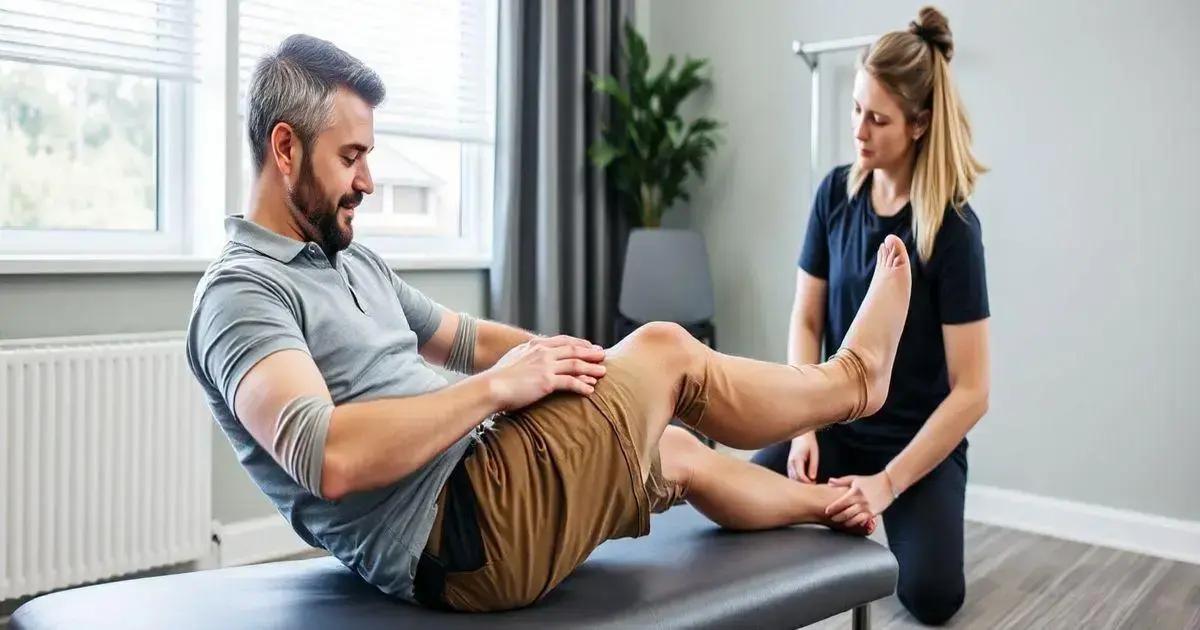
Physical therapy offers numerous benefits for men experiencing erectile dysfunction (ED). Here are some of the key advantages:
Improved Blood Flow
One of the primary goals of physical therapy is to enhance blood flow to the pelvic area. Techniques such as pelvic floor exercises can strengthen the muscles that support erections, allowing for better circulation and improved erectile function.
Strengthening Pelvic Floor Muscles
Physical therapy often includes specific exercises designed to target and strengthen the pelvic floor muscles. Stronger pelvic muscles can lead to more effective control over erection and ejaculation, contributing to better sexual performance.
Reduction of Anxiety and Stress
Physical therapists help address the psychological components of ED, such as anxiety and stress. Through guided relaxation techniques and exercises, patients can learn to manage stress, which can enhance their confidence and reduce performance anxiety.
Personalized Treatment Plans
Every individual has unique needs. Physical therapists create customized treatment plans tailored to each person’s situation. This individualized approach ensures that exercises are effective and suited to their specific condition, leading to optimal results.
Collaboration with Other Health Professionals
Physical therapy often involves collaboration with other healthcare providers, such as urologists or mental health professionals. This comprehensive approach ensures that all aspects of a patient’s health are considered, providing more well-rounded care.
Case Studies and Success Stories

Case studies and success stories help illustrate the effectiveness of physical therapy in treating erectile dysfunction (ED). Here are a few examples demonstrating positive outcomes:
Case Study 1: John’s Journey to Recovery
John, a 52-year-old man, experienced ED after being diagnosed with diabetes. After consulting with a physical therapist, he began a program that focused on pelvic floor exercises and lifestyle changes. After three months, John reported significant improvements in his erectile function and enhanced confidence.
Case Study 2: Mark’s Success with Biofeedback
Mark, a 45-year-old who struggled with anxiety related to performance issues, sought help from a physical therapist specializing in biofeedback. Through consistent sessions, he learned to control his pelvic muscles better. Mark noticed a marked decrease in anxiety levels, leading to successful intimacy with his partner.
Case Study 3: David and the Comprehensive Treatment Approach
David, a 60-year-old man, had ED due to both physical and psychological factors. He worked with a team that included a urologist and a physical therapist. His treatment included regular pelvic floor exercises, stress management, and education about his condition. Six months later, David reported not only improved erections but also a better understanding of his sexual health.
Success Story: Group Therapy Sessions
A local clinic initiated group therapy sessions where men discussed their challenges with ED. The support from peers and professionals allowed participants to share experiences and coping strategies. Many attendees noted significant improvements in their condition and emotional well-being as a result of group support combined with physical therapy techniques.
Alternative Treatments and Options

When addressing erectile dysfunction (ED), various alternative treatments and options may complement physical therapy. Here are some of the most common alternatives:
Medications
Oral medications, such as Viagra (sildenafil), Cialis (tadalafil), and Levitra (vardenafil), are popular options for many men. These medications increase blood flow to the penis, facilitating erections. Consulting a healthcare provider is essential to determine if these options are suitable.
Vacuum Erection Devices
A vacuum erection device (VED) can be a non-invasive option. This device creates a vacuum around the penis, drawing blood into it and causing an erection. Once achieved, a constriction ring is placed at the base to maintain the erection.
Psychological Counseling
Sometimes, ED has psychological roots. Seeking help from a psychologist or psychiatrist can address anxiety, depression, or relationship issues contributing to ED. Cognitive-behavioral therapy (CBT) has shown effectiveness in many cases.
Herbal Remedies and Supplements
Some men explore herbal supplements like ginseng, L-arginine, and yohimbe. While some studies suggest they may help with ED, it is crucial to consult a healthcare provider before trying these remedies as they can interact with other medications.
Lifestyle Changes
Making lifestyle adjustments can significantly benefit those with ED. Regular exercise, maintaining a healthy weight, quitting smoking, and reducing alcohol intake can improve overall health and reduce symptoms of erectile dysfunction.
In Conclusion: Exploring Options for Erectile Dysfunction
Erectile dysfunction (ED) can be a challenging condition, but it is important to remember that there are various treatment options available. Physical therapy has shown significant promise in enhancing male sexual health by improving pelvic floor strength, enhancing blood flow, and reducing anxiety.
Additionally, alternative treatments such as medications, vacuum erection devices, and lifestyle changes can further assist in managing ED effectively. Case studies and success stories highlight how many men have found relief through these combined approaches.
Seeking help and exploring different options is vital for overcoming this condition. Remember, no one should have to navigate ED alone, and with the right support and treatment, improvement is possible.
FAQ – Frequently Asked Questions about Erectile Dysfunction and Physical Therapy
What is erectile dysfunction (ED)?
Erectile dysfunction is the inability to achieve or maintain an erection sufficient for satisfactory sexual performance. It can be caused by physical, psychological, or lifestyle factors.
How does physical therapy help with ED?
Physical therapy helps improve strength in the pelvic floor muscles, enhances blood flow, and reduces anxiety, contributing to better erectile function.
Are there specific exercises for ED?
Yes, exercises like pelvic floor muscle training (Kegel exercises) and biofeedback techniques can be effective in treating erectile dysfunction.
What are some alternative treatments for ED?
Alternative treatments include medications, vacuum erection devices, psychological counseling, herbal remedies, and lifestyle changes such as regular exercise and a healthy diet.
Can lifestyle changes really improve ED symptoms?
Yes, making healthy lifestyle choices like exercising, losing weight, quitting smoking, and reducing alcohol intake can significantly improve erectile dysfunction symptoms.
Are there success stories related to physical therapy for ED?
Yes, many men have reported improved erectile function and confidence through physical therapy and tailored treatment plans.



